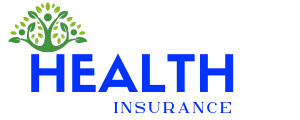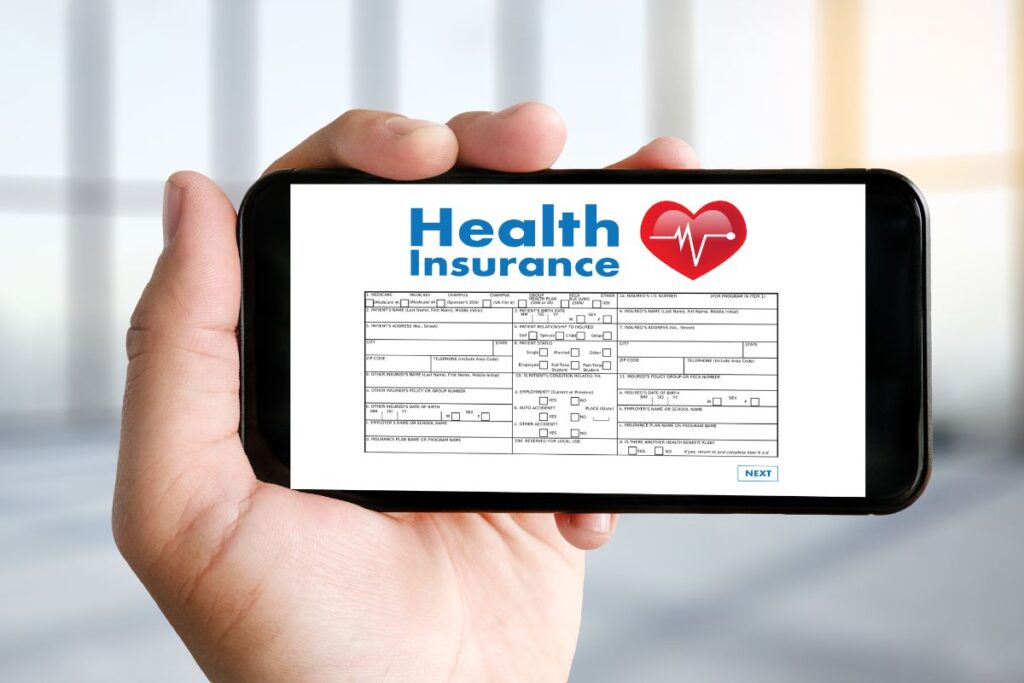Choosing the right health insurance plan can be a challenging task. With various types of plans, enrollment periods, and additional benefits, the world of health insurance may feel overwhelming. However, understanding your options and knowing how to navigate these choices can help you find a plan that fits both your health needs and budget. This guide will provide an overview of the different types of health insurance, tips on managing costs, and helpful resources to empower you in making informed decisions.
Understanding Health Insurance
Health insurance helps cover medical expenses, providing financial protection against the high costs of healthcare. In exchange for monthly premiums, policyholders gain access to a network of healthcare providers, discounted rates, and coverage for various medical services. Plans vary widely in terms of cost, coverage, and flexibility, so it’s essential to understand the main types of plans available and choose one that aligns with your specific needs.
Types of Health Insurance Plans
Health insurance plans come in different forms, each with its own advantages and drawbacks. The four main types—HMO, PPO, EPO, and POS—cater to different levels of flexibility and cost-sharing. Let’s explore each option.
HMO (Health Maintenance Organization)
HMO plans are generally the most affordable in terms of premiums, but they come with limitations on provider networks. With an HMO, you’re required to select a primary care physician (PCP) who manages your care and provides referrals for specialists. These plans focus on preventive care and require members to stay within a network of doctors and hospitals, helping to keep costs low. However, out-of-network services are usually not covered, except in emergencies.
PPO (Preferred Provider Organization)
PPO plans offer more flexibility than HMOs by allowing members to see both in-network and out-of-network providers without needing referrals. While PPOs have higher premiums and out-of-pocket costs than HMOs, they give members the freedom to manage their care independently. This option is ideal for individuals who prefer to see specialists without restrictions or who frequently need out-of-network care.
EPO (Exclusive Provider Organization)
EPO plans provide a middle ground between HMOs and PPOs. Like an HMO, an EPO limits coverage to in-network providers (except for emergencies) but doesn’t require referrals for specialists. EPO plans tend to have lower premiums than PPOs, making them a good choice for those who value some flexibility but are comfortable staying within a specific network.
POS (Point of Service)
POS plans combine features of both HMO and PPO plans. Like an HMO, you’ll need to choose a PCP and get referrals to see specialists. However, POS plans allow members to seek out-of-network care at a higher cost. These plans are a good fit for individuals who appreciate the structure of an HMO but want the option of out-of-network coverage if necessary.
Specialized Medicare Coverage
For individuals over 65 or those with certain disabilities, Medicare provides specialized health insurance coverage. There are multiple parts to Medicare: Part A covers hospital care, Part B covers medical services, Part C (Medicare Advantage) combines Parts A and B through private insurance, and Part D covers prescription drugs. Medicare plans have various coverage options and may also be combined with supplemental insurance for additional support.
Medicaid Eligibility and Options
Medicaid offers coverage to low-income individuals and families and is funded by both state and federal governments. Eligibility criteria vary by state, but generally include income thresholds, family size, and other factors. Medicaid provides comprehensive coverage, including primary care, hospital services, and preventive care, at little to no cost for qualified individuals.
Tools for Managing Health Insurance
Modern health insurance providers offer tools that make managing healthcare easier and more transparent. Here are some of the most valuable digital tools available.
MyCigna: Features and Benefits
For those enrolled with Cigna, the MyCigna app offers features to streamline healthcare management. Members can find in-network providers, check claims, access virtual ID cards, and schedule virtual visits with healthcare providers. This tool simplifies navigating health insurance by putting all the necessary information at your fingertips.
Comparison of Costs and Coverage
Cost comparison tools, often available on health insurance marketplaces, allow you to compare plan costs, deductibles, and coverage options. These tools are especially helpful during open enrollment when selecting or switching plans.
Accessing 24/7 Healthcare Resources
Telemedicine options, available through many insurance apps, provide 24/7 access to healthcare professionals for consultations, prescriptions, and advice. This feature can reduce the need for in-person visits, saving time and money.
Open Enrollment Periods
Understanding the open enrollment period is crucial for securing or adjusting your health insurance coverage.
Importance of Open Enrollment
Open enrollment is the designated period each year when individuals can sign up for health insurance, change plans, or renew coverage. Missing this window can limit your options until the next enrollment period unless you qualify for a special enrollment period due to life events like marriage, childbirth, or job loss.
Key Dates and Deadlines
Each year, open enrollment typically occurs from November through December for plans on the ACA Marketplace. Deadlines may vary by state, so it’s essential to verify the specific dates for your location to avoid missing out on crucial coverage.
Coverage Specifics During Enrollment
During open enrollment, review any changes to plan coverage or costs for the upcoming year. Insurance providers may adjust networks, coverage, or premiums, so it’s a good time to assess if your current plan still meets your needs.
Additional Benefits of Health Insurance
Some health insurance plans offer optional benefits like dental and vision coverage, which can be valuable for those with specific healthcare needs.
Dental Insurance Options
Dental insurance often includes coverage for routine check-ups, cleanings, and some major dental procedures. Many health insurance providers offer dental plans as add-ons to their regular coverage or standalone options, making it easier to maintain oral health at an affordable rate.
Vision Care Coverage
Vision coverage, including eye exams, glasses, and contacts, can be purchased separately or added to certain health insurance plans. Vision insurance is particularly useful for individuals who need regular eye care or corrective lenses.
Navigating State Health Insurance Marketplaces
The Health Insurance Marketplace provides a centralized location for finding ACA-compliant plans at various coverage levels. Here’s how to navigate the marketplace effectively.
Finding Affordable Options
Marketplaces offer tools to compare different levels of coverage, including Bronze, Silver, Gold, and Platinum plans. Subsidies may be available for qualifying individuals and families based on income, making health insurance more affordable.
Resources for Individual and Family Plans
State and federal marketplaces have resources to help individuals and families find appropriate coverage. Navigators and enrollment counselors can assist with understanding benefits, comparing plans, and applying for subsidies.
Common Myths About Health Insurance
Health insurance is often misunderstood, which can lead to missed opportunities for savings or misinformed decisions.
Myth vs. Reality: Misconceptions
One common myth is that the cheapest plan is always the best choice. However, plans with low premiums often have higher out-of-pocket costs, which may not be suitable for those with frequent healthcare needs. Another myth is that health insurance isn’t necessary for healthy individuals. Accidents and unexpected illnesses can happen to anyone, making health insurance a valuable safeguard.
Empowering Consumers to Make Informed Decisions
Understanding the reality of health insurance options and costs enables consumers to make informed choices. Avoiding myths and doing thorough research during open enrollment can lead to better outcomes for both health and finances.
Conclusion: Securing Your Health Coverage
Choosing the right health insurance plan requires careful consideration of your healthcare needs, financial situation, and plan options. By understanding the differences between HMOs, PPOs, EPOs, and POS plans, taking advantage of open enrollment, and using available tools and resources, you can select a plan that provides the right coverage at an affordable cost. Take the time to review your options, compare plans, and ask questions—empowering yourself to make the best health insurance decision for you and your family.

